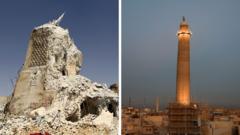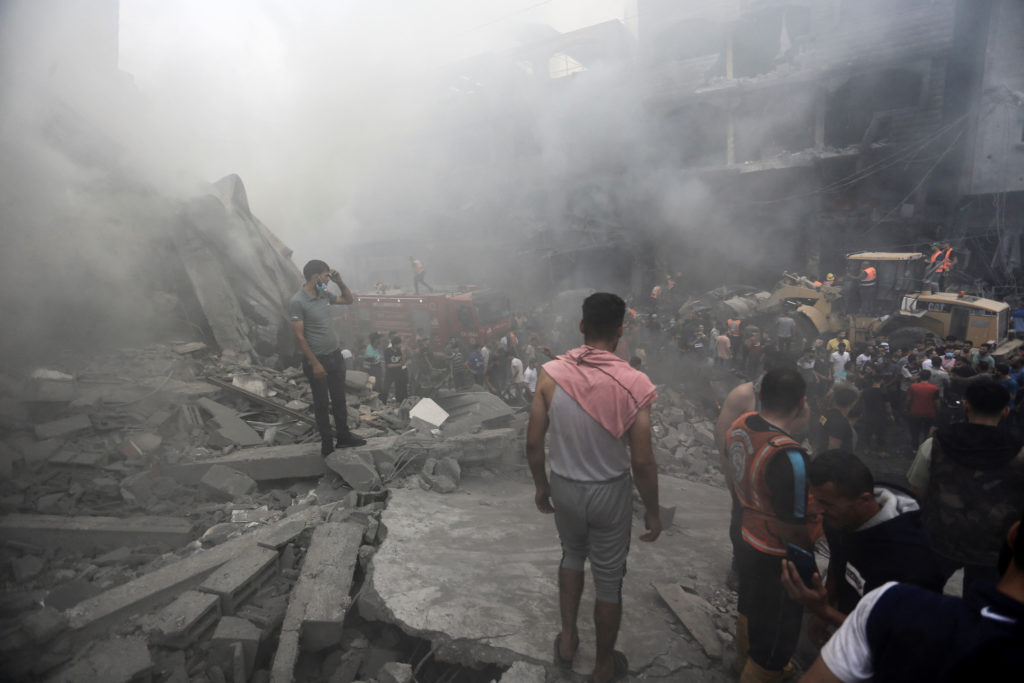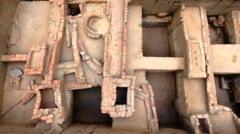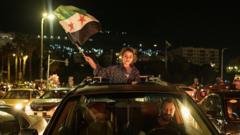Historic landmarks in Mosul are experiencing a renaissance as efforts to restore the city—once devastated by the Islamic State's (IS) occupation—bear fruit. After years of suffering under extremism, Mosul, known for its rich tapestry of diverse religious communities, is reopening its historical sites with support from UNESCO. The restoration project was initiated after Mosul was liberated in 2017, and a significant ceremony marking this occasion will be attended by UNESCO's director-general, Audrey Azoulay, alongside local artisans and residents.
Under IS, which seized Mosul in 2014, the city fell victim to a brutal campaign that marginalized minorities and dismantled the coexistence that characterized its history. The liberation efforts, backed by a robust coalition of U.S. forces and Iraqi troops, resulted in devastating battles, particularly in the Old City, leading to substantial destruction.
Photographer Ali al-Baroodi recalls the harrowing sights that greeted him upon returning to Mosul post-liberation: the iconic al-Hadba minaret lay in ruins, nestled among the remnants of a once-thriving urban landscape. “It felt like a ghost town, haunted by the past and devoid of life,” he reflects.
Eighty percent of the Old City was left in ruins, necessitating not just the repair of physical structures but also the healing of community relationships. The ambitious $115 million project, funded largely by the United Arab Emirates and the European Union, aims to restore both architecture and communal harmony.
Among those leading the initiative is Father Olivier Poquillon, who oversees the restoration of the Dominican convent of Notre-Dame de l’Heure. He emphasizes that rebuilding trust within the community is paramount, stating, “Reconstructing trust is crucial; without it, restored sites risk becoming new targets of division.”
Maria Rita Acetoso, the chief architect of the restoration, echoes this sentiment, highlighting the project's potential to provide job opportunities and restore cultural identity to the youth. She notes, “This reconstruction can help develop skills and create a sense of belonging—especially vital for younger generations.”
According to UNESCO, over 1,300 young locals have been trained in traditional skills, creating around 6,000 jobs, including roles filled by women, who account for 30% of the engineers involved. The restoration has successfully revived significant sites, including al-Tahera Church and the visually striking al-Hadba minaret.
Residents are beginning to return to their restored homes, some of which have lineage dating back hundreds of years. Mustafa, a local, expresses his joy in witnessing his 1864 family home restored, while Abdullah shares the emotional revelation of returning to a house that once seemed irreparably lost.
Despite the ongoing challenges faced by Mosul and Iraq, the tangible revival of the Old City stands as a testament to resilience and collective hope. Ali al-Baroodi captures this spirit, describing the transformation as akin to “seeing a dead person coming back to life.” As Mosul embraces its rebirth, the enduring scars of conflict remind everyone of the fragile yet profound journey toward recovery and peace.





















